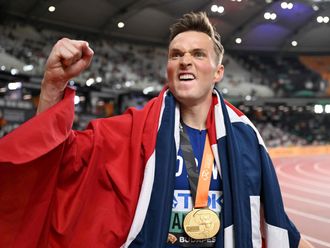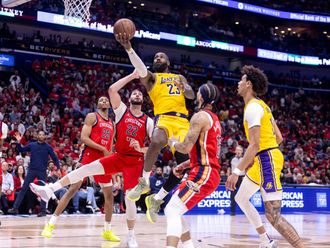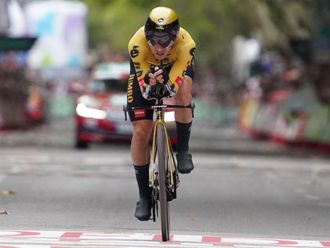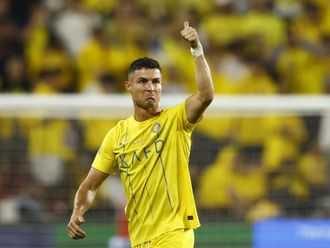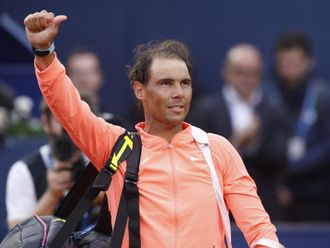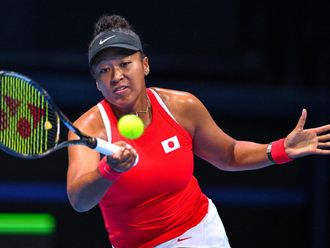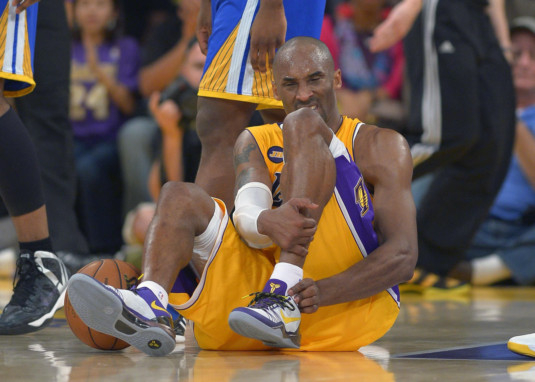
He’s done, finished, his Hall of Fame career is over. Nobody returns from a torn Achilles.
Right?
Let’s be honest about this. Nobody can doubt Kobe Bryant’s courage in adversity; his reputation as a competitor is second only to the great Michael Jordan, perhaps in all of sport.
But we are talking about an Achilles tendon rupture. While not quite a career death sentence for a basketball player, this is an injury from which a full recovery is very unlikely, especially in older players.
One recent study found that from 1988 to 2011, 18 NBA players suffered a tendon rupture. Of those, seven athletes never returned to play another game.
Those who did return played an average of 5.21 fewer minutes per game, and saw their player efficiency (the NBA’s Moneyball-style stat geek rating) drop by 4.64 — a significant number.
It all suggests that Kobe’s best days are behind him.
But this is Kobe. This is a guy who, at 35, still trains for four hours a day, who counts every made shot in practice, who routinely uses bench players as guineapigs on which to practise his newest shots.
He even claims to have taught himself to play Beethoven’s Moonlight Sonata on piano by ear. Even if that isn’t true, doesn’t it reveal a level of almost sociopathic competitiveness rarely seen outside of the school playground? This guy simply doesn’t understand settling for second place.
The first post-injury diagnoses had Kobe missing up to nine months from the April evening the injury was suffered. That would have kept him out until January, by which point the Lakers’ season could have been damaged irreparably.
He says he has already ‘shattered’ this timetable. In fact, recent reports have him pencilled in to the Lakers’ starting up on October 29. Bryant’s own orthopaedic surgeon, Dr. Robert Klapper, tweeted: ‘Will see him at Game 1’.
So he will be back. But will he be the same?
Most players accept the inevitable breakdown of their bodies as they get older. Almost all are clever enough to take it easy on a body part that has suffered a gruesome injury. That number does not seem to include the NBA’s highest-paid player.
Kobe’s 2012-13 season was technically not ended the moment he felt his Achilles tendon tear. Rather, the 6ft 6in guard actually walked back onto the court after the timeout to shoot the two free-throws following the injury. And he made both.
He even tried to pull the separated tendon back into place. “When I first did it, right there, I was trying to feel if the tendon is there or if it’s gone,” Bryant said at the time. “I realised it wasn’t there. I was literally trying to pull the tendon up so hopefully I could walk and kind of hobble through the last two and a half minutes and try to play.”
That is horrible.
But it also underlines exactly the reason the injury will be nowhere near Kobe’s thoughts once the ball goes up to start the new season against the LA Clippers. To him, it will be business as usual. And his business is winning.
Plus, Kobe has some special motivation going into his 18th NBA season — he is just 675 points behind the legendary Jordan in third spot on the regular season scoring charts. Only in his rookie season did Kobe score fewer than 600 points in a season. He had 2,133 last term.
After reaching this milestone, it is not inconceivable that he could catch Karl Malone in second on 36,928, or even on Kareem Abdul-Jabbar in top spot with 38,387. If Kobe was to maintain a scoring average in the high-20s indefinitely, he could catch Karl Malone some time in his 21st season, when he would be 37. He could reach number one the season after.
All statistical knowledge suggests this is impossible. Even Jordan was averaging less than 23 points at that age.
So let’s rule it out then, shall we?
Come on, we know better than that.


